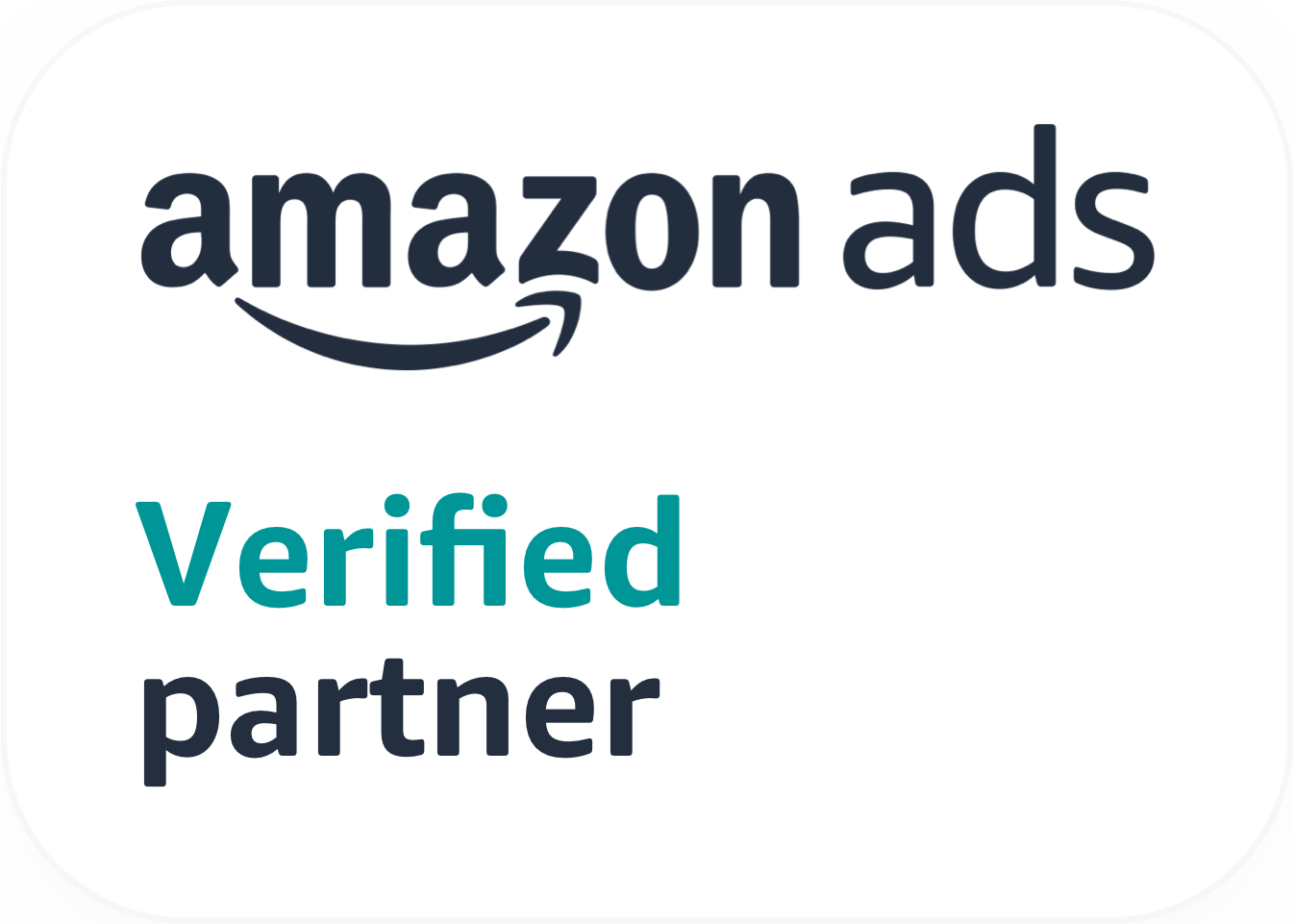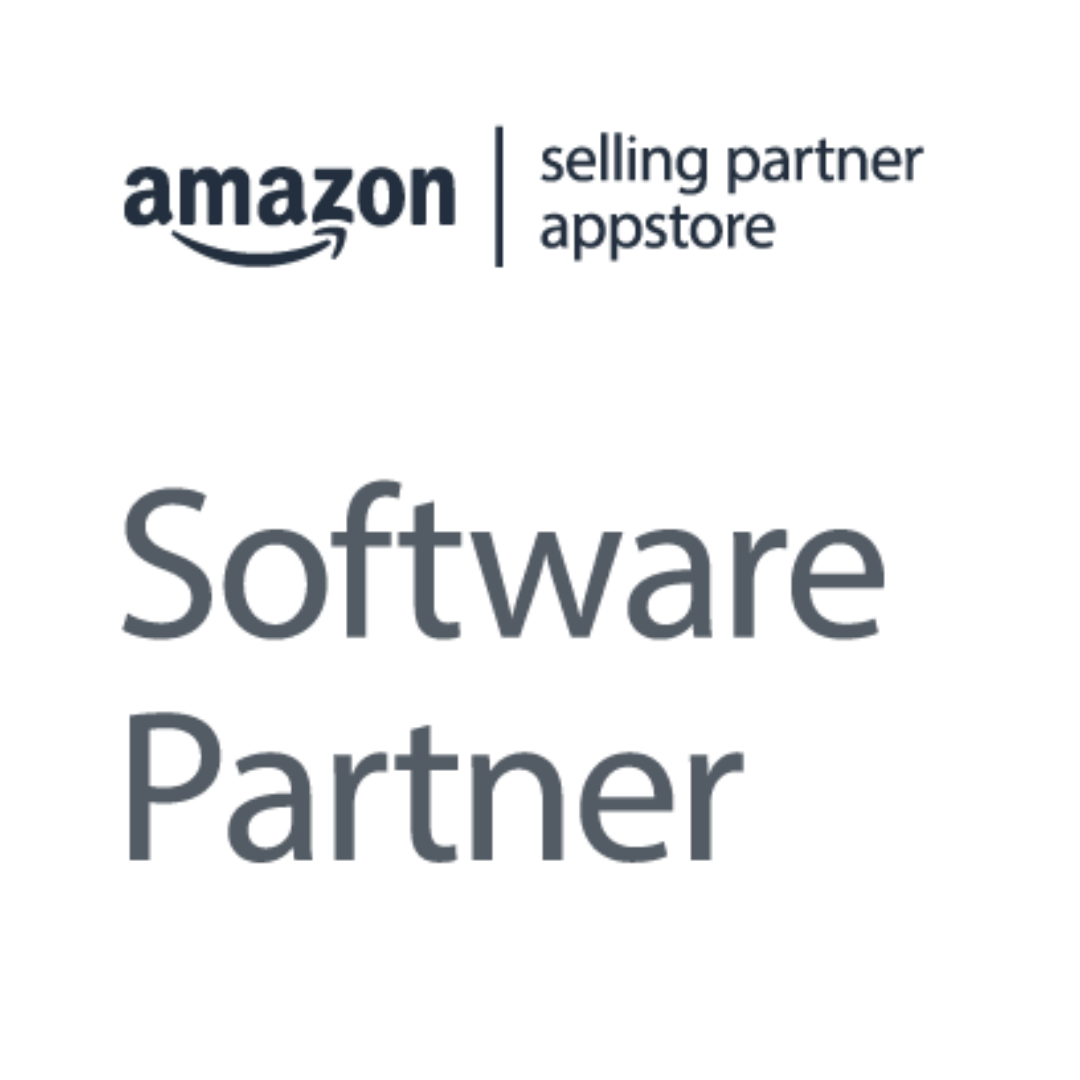Terminate Vendor? From Vendor to Seller on Amazon


This article was first published on eStrategy here. By Trutz Fries
Vendors who supply Amazon directly are increasingly frustrated: conditions are not negotiated, but dictated. The contact person at Amazon is often not reachable, operationally the cooperation with Amazon is anything but smooth. "Terminate vendor?" is a frequently asked question. And indeed: Many vendors are therefore switching to the alternative Seller program, as it brings decisive advantages with comparable effort.
If Amazon has already become the strongest channel by far for many retailers as a sales channel, its importance for manufacturers is also increasing. These were invited into the Vendor program by Amazon with open arms several years ago to offer products on the marketplace of the same name. At the beginning, the conditions were still attractive, the competition for the Buy Box was low. With increasing popularity, this has changed, especially in the last two years. Amazon is aware of its dominance and is pushing the sometimes unclear conditions. But operationally, many manufacturers are also increasingly frustrated: Amazon exerts pressure on market prices together with marketplace retailers. Contact persons are often sought in vain at Amazon. Penalties, e.g. for alleged false delivery, are not comprehensible. Many small orders burden the logistics department of manufacturers, returns are now sent back 100% to the manufacturer, which Amazon generously compensates through deductions from total sales. Manufacturers are also on their own when it comes to marketing and product maintenance. The return on investment for expenses on so-called "brand shops" or "advertising cost subsidies" has proven - to put it mildly - difficult to verify. In general, transparency regarding essential key performance indicators within Vendor Central, the online platform for vendors, is low.
More and more manufacturers are therefore questioning their partnership with Amazon. For understandable reasons, manufacturers don't want to give up this channel, so quite a few vendors are examining the switch to the so-called "Seller program". The advantages are obvious: The vendor has absolute price control in the Seller program, Prime advantages can be used equally in the FBA program, content maintenance proves to be significantly easier for registered brands. The inventory planning is done by the manufacturer themselves in the FBA program. And in the area of marketing, marketplace sellers also have more and more tools available that were once only available to vendors. However, when switching to the Seller program, there are also some special features to consider, which will be explained below.
Registration in the "Sell on Amazon" Program
Before manufacturers can sell on the Amazon marketplace, they must register for the "Sell on Amazon" program. This works quite simply in a self-service process. Some documents about the company and the beneficial owner must be submitted. Activation usually takes place after a few days. It is important to know here that Amazon only allows one account per beneficial owner. Before registering, it should therefore be checked internally whether a Seller account from old times already exists.
The question of whether the start as a Marketplace Seller should be coordinated with the Vendor Manager cannot be answered unequivocally. This depends on the individual case, the importance of the vendor for the respective category and the relationship with Amazon. In principle, we always advise prior consultation with Amazon. As a rule, Amazon should not put obstacles in the way if, for example, it is planned to offer products via the Seller account that Amazon demonstrably does not order from the vendor. This could therefore represent a possible entry strategy into existence as a Marketplace Seller.
Brand Registration in Amazon Brand Registry
In the next step, your own brand should be registered with the Amazon Brand Registry. A prerequisite for smooth registration is that the brand is registered with an official trademark register (e.g. DPMA). Registering the brand in the Amazon Brand Registry has several advantages: The owner receives writing rights to the product listings that are marked with the brand (note: exact spelling). Sellers with registered brands can create A+ Content free of charge, which is called "extended content for brands" here. Last but not least, sellers can create a so-called "store" for their brand. Vendors have paid a lot of money for this in the past. For sellers, this is free.
If the store doesn't have outstanding importance for sellers yet, this could change in the future. For example, in connection with external "top-of-the-funnel" traffic campaigns, interesting possibilities have recently emerged that also make success measurement possible for the first time. Sellers should therefore keep an eye on the topic, even if it doesn't have high priority today when it comes to promoting sales.
Adaptation of Warehouse Management / ERP System
With the switch to the Seller program, the interfaces through which Amazon transfers data to the seller also change. If the vendor has relied on EDI exchange, for example, this option is not available for sellers. Instead, sellers have a powerful interface with the "Merchant Web Services" (MWS), through which Amazon provides various data on orders, inventory, etc. Many warehouse management systems have already integrated this. Nevertheless, this integration should be well tested.
Accounting and the tax advisor should also be consulted in good time, as Amazon does not transmit VAT data by default. However, invoices must be created and transmitted for the customer. All things that can be solved via the interface, but should probably be well thought out and tested at the beginning. The integration of warehouse management in particular often represents a major hurdle, which is why the switch to the Seller program should rather take place in parallel to the Vendor program and not serially.
Creating Own Offers / Pricing Strategy
Now concrete (price) offers must be created for products that are often already in the catalog. This is where the newly gained freedom in pricing comes into play for the first time. At this point, it must already be decided whether the products should be shipped via self-shipping or via Fulfillment by Amazon (FBA). If there are no exclusion reasons or FBA doesn't make economic sense, FBA is always recommended, as it comes with many shipping advantages for Prime members and sales can be significantly increased via FBA. If FBA is used, the offers must be declared accordingly. The offers only become active when inventory has been booked at Amazon. Those who use FBA must decide on a storage model. Should the goods only be stored in Germany, in Central Europe or throughout Europe (PAN-EU)? The models are associated with different storage costs and tax implications, here prior professional advice is useful. If the vendor decides to self-ship, the logistical prerequisites must of course be created in advance, as the first orders can arrive as early as the next minute after going live and must be fulfilled promptly.
Many manufacturers are confronted with the situation at this point that other retailers offer their own products at a significantly lower price than the MSRP. Switching to the Seller program alone therefore does not solve the problem of street prices that are too low. Manufacturers should therefore revise their terms and conditions model with their contract partner across channels in advance or at the latest now, so that other retailers can or must offer at the desired market prices. Antitrust regulations must be observed in any case.
Inventory Planning
If shipping is done via FBA, the goods must now be sent to Amazon. The delivery planning is trivial and is also done via Seller Central. The goods can be sent via cartons or pallets. Similar requirements apply to packaging and labeling as for vendors. Sellers can decide for themselves within their FBA capacities which quantity of which product should be stored at Amazon. But with the new freedom come new obligations: Sellers must control inventory themselves and ensure sufficient delivery capability. Tools that monitor sales speeds and give recommendations for delivery support here. In addition, sellers must also keep an eye on overstocks. Products that have been in Amazon's warehouse for longer than 6 months are subject to drastic penalties on two dates per year. However, Amazon points this out in good time out of its own interest.
FBM (Fulfillment by Merchant)
- Storage as well as Pick & Pack, returns handling by seller
- Shipping via own logistics provider directly to the customer
- No Prime badge, i.e. no advantages for Prime customers (exception: Prime through Seller)
- Displayed as "Sold and shipped by SELLERNAME"
- Storage as well as Pick & Pack, returns handling by Amazon (storage costs depending on volume, shipping costs depending on size and weight)
- Return by customers free of charge for sellers
- Advantages for Prime customers ensure more sales (higher trust, free shipping, possibly Prime-Now)
- Displayed as "Sold by SELLERNAME and shipped by Amazon"
- Prerequisite for participation in Lightning Deals, Prime Day, PAN-EU
Customer Service
If Amazon has taken over customer service for vendors, this is now the seller's task. Customer inquiries must be answered within 24 hours, return requests that arise with self-shipping must also be processed promptly. The latter can also be automated with some settings. In addition, sellers must always keep an eye on various quality indicators, as falling below certain service levels can in the worst case result in a (temporary) deactivation of the seller account. This is certainly the biggest difference to the Vendor program: While Amazon usually only throws out vendors if a profitable sale can no longer be guaranteed or if agreement could not be reached on conditions, sellers can already be affected if, for example, the rate of order defects does not meet Amazon's expectations. This paradigm shift should always be kept in mind. Not least, this is a reason why a switch should be well planned or accompanied by experienced consultants with operational seller experience.
Controlling
For data freaks, the various data and reports that Amazon provides to its sellers are also a blessing, at least when compared to data availability in the Vendor program with ARA-Basic. Order data is available to sellers anyway and provides insights into shopping cart statistics, customer groups, etc. In addition, sellers receive data on Buy Box shares and can also monitor the entire Buy Box via Amazon's real-time interface. This makes it possible to use external tools not only for re-pricing, but also for analyses that show which seller had the Buy Box how often, which seller keeps pushing the price down, and much more. Especially when it comes to identifying "black sheep" within the manufacturer who use their preferential conditions for direct sales on Amazon, these analyses can provide valuable data.
Creating Advertising Campaigns
Sellers are getting more and more access to advertising opportunities that were previously reserved for vendors. But vendors still have access to Amazon Marketing Services and can usually use them as usual to place Headline Search Ads or Product Display Ads. For "Sponsored Products", it's worth switching to Seller Central, as campaigns are only displayed there if you also own the Buy Box. Headline Search Ads and Product Display Ads that are set up via AMS run independently of the current Buy Box owner. Otherwise, the process is very similar for sellers and vendors. Vendors who were already active here therefore hardly need to adjust. Sellers can also use marketing campaigns such as Lightning Deals and Prime Day to increase sales. Prerequisites for this are an offer with FBA and the registered brand in the Brand Registry. Discount offers and vouchers/coupons are also available to sellers.
What costs arise as a seller?
The basis for selling as a seller is a seller account that costs 39 € plus VAT per month. This gives you access to all the possibilities of the seller account. The sales commission that Amazon withholds when selling items is usually 15% - depending on the category - calculated on the gross selling price.
- When using FBA, the following costs arise:
- Delivery of goods to Amazon warehouse (as package with DHL currently 3.31 €)
- Storage fees, combination of volume and weight (20 € - 28 € per m³ and month)
- Shipping fee depending on storage location, dimensions and weight of the item and the chosen FBA storage model (storage only in DE means a fee surcharge of 0.50 €) 1.63 € to 6.28 € per item
- Possibly service fees for returns, disposal or labeling
- Return costs
Terminate Vendor? Conclusion
A switch to the Seller program is definitely an option for many vendors, as the associated advantages outweigh the additional effort. However, a switch from one program to another needs to be well planned and prepared, as there are some operational adjustments. Together with a cross-channel terms and conditions model that includes all retailers and distributors, manufacturers can better control prices on the Amazon marketplace in this way. However, you should not terminate your vendor account, especially since that's not so easy either. You still need it, for example, to edit existing listings.
You still don't know which sales model is right for you on Amazon? In our new blog article: "Which sales model fits your Amazon business? Vendor, Seller or Hybrid model?" we explain when a change of sales model makes sense and what advantages and disadvantages arise from this. Here you will receive interesting advice on how a switch from the Vendor to the Seller program works, what to consider and what role the hybrid model can play.


